Mod Details
PremiumNo Difficulty



 Mod ID1161
Creditevilution
For
Mod ID1161
Creditevilution
For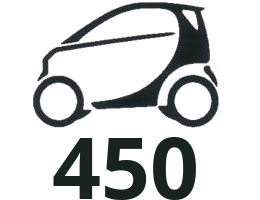
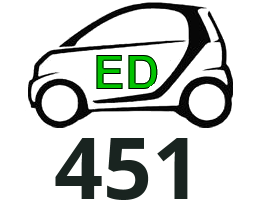
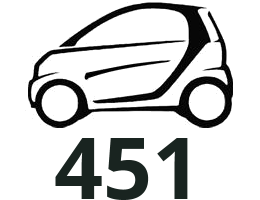
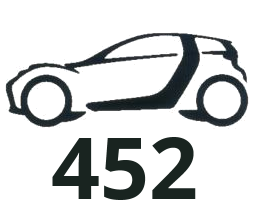
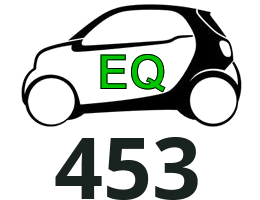
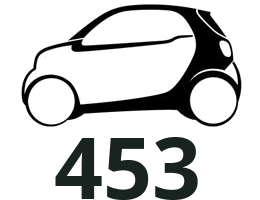
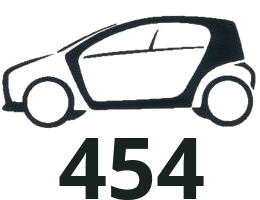 Linkhttps://evilution.co.uk/mod/front-wheel-alignment.htm Copy to Clipboard
Linkhttps://evilution.co.uk/mod/front-wheel-alignment.htm Copy to ClipboardFront Wheel Alignment
If the front of your car doesn’t handle as well as it used to. Your front tyres are wearing in a strange way, or your steering wheel isn’t straight when the car is going straight, your front wheel alignment is probably out.
Ideally, I recommend finding a local garage that can do a full laser alignment of your wheels. However, I know there are a lot of you out there who like to have a go yourself.
What Has Caused This Misalignment?
Incorrect alignment usually appears after 1 of the following.
You have a crash.
You hit a massive pot hole.
The bushes on your wishbones are worn.
Steering Rack Adjustment
The thing that holds the wheels in correct alignment is the steering rack. The steering rack is securely bolted to the crossmember which is bolted to the car.

Each end of the steering rack is adjustable. Adjusting each arm of the steering rack will individually adjust each hub.

The other end is a ball joint so the steering arm can rotate but remain firmly fixed with no lateral movement.

Smart were good enough to make the steering rack arms have a hexagonal section…

…so you can easily twist the arm to adjust the wheel alignment. A 12mm spanner fits nicely.

Alignment Types
Simple Measurement Alignment
From what I can tell, all smarts have equal length steering rack arms. So, a quick way to check alignment is to measure the 2 arms from the ball joint to the locking nut. Ideally, the length should be the same on both steering rack arm.

If the steering rack has unequal length arms, you can check the amount of thread on each side. Again, ideally it should be the same. It may give you a good idea as to which side is out of alignment.

This isn’t a good way to adjust your alignment to be correct but it can make it better.
Roll Over Gauge Alignment
Gunson (amongst others) make a device that you roll the front wheels over and it tells you the alignment. The white tray moves side to side and converts that movement onto a needle.

Place the gauge in front of the wheel. Make sure it’s straight.

Move the plastic needle to the centre so it reads zero.

Push the car over the gauge and look at the needle. On this side, it didn’t move so the wheel is facing straight.

Repeat on the other side.

You can see that on this side, the alignment is out and needs adjusting.

This type of gauge isn’t the most accurate way to set the alignment but it’s better than nothing.
Perpendicular Laser Alignment
This is probably the most accurate way to align your front wheels at home. However, this type of alignment does have its issues which I’ll cover later. This is the TrackAce laser wheel alignment gauge. I bought mine from eBay.

In the box you get the laser (which will require batteries), a mirror on a pole and 2 legs. Clip the legs onto the pole as seen below and steel the batteries from a sex toy.

A misalignment is rarely visually noticeable but check anyway, you might be lucky. This one seems straight…

…but this one seems to be slightly off.

Use the length of the pole to set the placement for the laser.

Then set the mirror up on the wheel on the opposite side.

Adjust the legs so the bubble above the mirror is level and the top of the legs rest against the rim of the alloy.

Move your laser as little as possible but look under the front of the car and shine it on the mirror.

Adjust the mirror up or down until the red dot appears on the target.

Now move the target rotating left or right to get the red dot in the dead centre of the range. Once the laser is pointing at 0, do NOT touch the target again. This is now set.

Move the mirror over to the wheel nearest the target.

Again, make sure the legs are touching the alloy wheel and that the bubble is level.

Adjust the mirror up or down to reflect the red dot onto the target. This will now tell you how much out of alignment that wheel is compared to the wheel further away. In this example, the nearest wheel was 40 minutes toe in (way out).

Now we are simply going to adjust the length of the steering rack on that side until the dot gets back to 0. If you have a helper then get them to hold the steering wheel securely. If not, use a rope or bungy cord. You don’t want the steering rack moving as you are adjusting the steering rack arm.
For a 451, you’ll need a pair of 19mm spanners for the locking nut and a 12mm spanner for adjustment.

At the wheel end of the steering rack arm, you’ll see the thread and a nut. This locking nut stops the arm moving.

When you undo this locking nut, it is a good idea to hold the steering rack end with the other 19mm spanner. If the steering rack end moves, if could damage the ball joint on the end of it.

Place your 12mm spanner on the steering arm you want to adjust and turn it.

Pay attention to the rubber bellows on the inboard end of the steering rack arm. You don’t want these twisting. It’s unlikely that they will be a spray of oil will help if the do move.

When you have finished adjusting the wheel and the red dot is on 0, tighten the locking nut.

Go for a drive and see how far out you are. Set up the gauge again just to double check the alignment. If your steering wheel isn’t facing straight, we can fix this also.
How Does This Alignment Gauge Work?
It uses the mirror set against 1 wheel to create a perfect right angle to set the opposite wheel. You are essentially transposing a perpendicular line of of the laser and using it to align the opposite wheel.
What Are The Drawbacks With This Gauge?
When you have finished the alignment, the 2 wheels will be facing straight ahead, however:
1 – The steering wheel may not necessarily be straight in conjunction with the road wheels.
2 – You don’t actually want the wheels facing straight forwards (strange but true).
All you are doing is aligning 1 wheel to the other. You could be adjusting the wheel that was previously correct and aligning it with the incorrectly aligned wheel. You will end up with perfectly straight road wheels but…
…the steering wheel could be on the piss.

Secondly – although it seems logical that both wheels should face straight forward at 0 degrees. That’s wrong. The handling and steering feel suffers badly from 0 degree alignment. All smarts have a slight amount of “toe in”.
Adjustments To Straighten The Steering Wheel
This isn’t mentioned in the user guide for the TrackAce laser alignment gauge but it’s an add on that I tried for centring the steering wheel that seemed to work out fairly well (considering).
After straightening the alignment and finding out the steering wheel isn’t straight, place something around the wheel. It needs to be adjustable but secure. I went for a zip (cable) tie. Drive in a straight line along the road and move the marker so it faces directly straight up. Pull back into your garage and park so the marker is facing straight up.

Set up the laser and the mirror as before on one of the wheels and adjust the laser so it reads 0 degrees. Turn the steering wheel until it is straight (making sure that the mirror support arms are in contact with the wheel.

The gauge will now show the laser dot out of alignment.

Adjust that wheel as before to move the dot back to the zero mark. That wheel is now properly straight in conjunction with the steering wheel. Use that wheel to set up the gauge over on the other wheel as before and adjust that wheel until it reads zero also.
Assuming that your steering wheel marker was accurate, the steering wheel and the road wheels should be straight.
You can repeat this to perfect the alignment if need be.
Stage 3 Alignment – Toe In
Once you have the wheels straight and the steering wheel straight, you can add the correct alignment. Space the target from one of the wheels.

Set the mirror up so it’s level and the legs are resting against the alloy wheel.

Rotate the target and the mirror to get the laser to read 0.

Adjust this wheel to the correct amount of toe in that is recommended by smart. See here. Repeat the process on the other wheel and you should be done.
Unacceptable Methods Of Alignment
Back in the old days, people would place a string line from the back to the front of the car. Adjust the string until it touch both side walls of the rear tyre and then align the front wheels using the string as a guide as it passed the front wheels.
This doesn’t take into account cars that have a different track front and rear and it requires you to manually measure from the string to the tyre side wall and adjust the alignment to suit. It’s simple not accurate enough but it could get you by so you can drive to the shop to get a better gauge.
When Did Minutes Become A Measurement Of An Angle?
Who knows but there are 60 minutes in 1 degree.
Why Not 0 Degrees Alignment?
If you imagine both wheels at 0, facing straight forwards. Any slight movement in the steering wheel causes a small change in direction. As you go down a road with a poor surface, your wheels naturally want to move around with the road surface. This makes the front of the car feel fidgety.
Having a small amount of toe in on both wheels gives a narrow angle of steering where moving the steering wheel slightly, doesn’t actually steer the car. As soon as you pass that small angle, the car steers as normal.
This creates a null buffer in the steering so as you drive straight, the front skips less over the road surface. This is because there is an equal and opposite reaction between both tyres which helps absorb small amounts of movement when driving straight.
Tool Sizes
I only originally did this alignment on a 451 which is why it’s shown as a 19mm for the lock nut and 12mm to adjust the rack. If you are adjusting a different model, these sizes may change.
Robin J let me know that his Roadster used a 21mm for the lock nut and 13mm for the rack.


